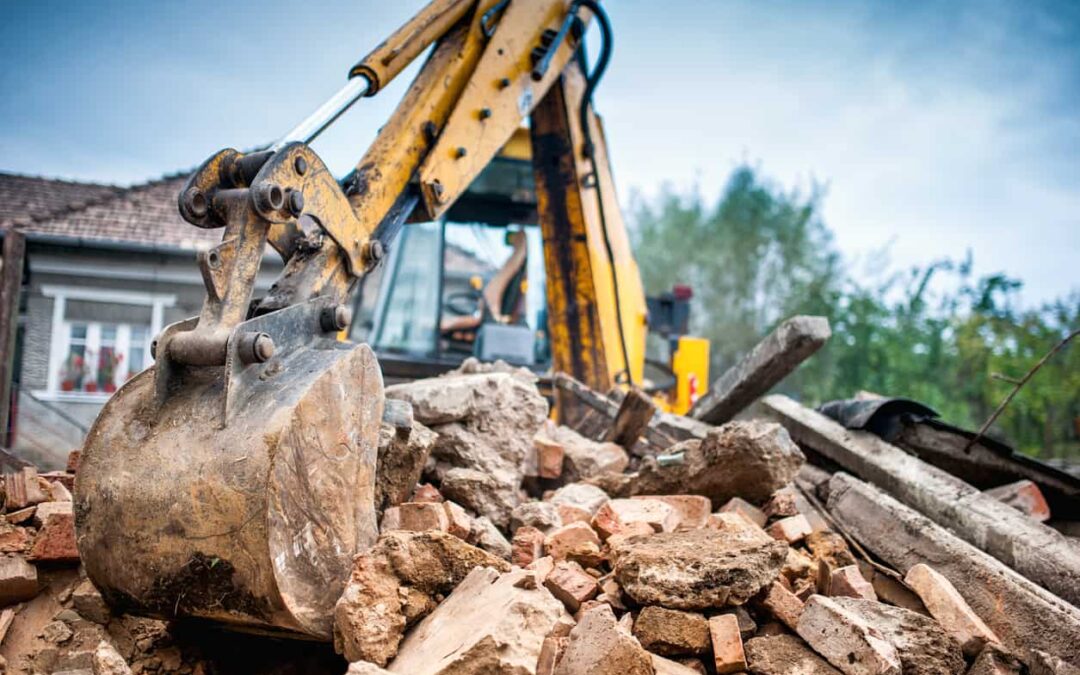Hydraulic systems are used throughout industry, in construction, manufacturing, and automotive design. The long-recognized power of the force multiplier of pistons moving against incompressible liquid means that hydraulics make for a great power-to-weight ratio, providing compact torque generation via modifying the diameter of the pistons and length of the arms.
Hydraulic systems are the core of the piece of heavy equipment known as the “backhoe.” Used mainly in construction applications, the backhoe looks like a tractor with a robotic arm extending from the rear of the cockpit. This arm is used mainly for excavation, but in fact the backhoe can be used for many different applications, including acting as a short crane and destroying existing structures via the power and weight of the bucket at the end of the boom.
The “boom” on a backhoe looks very much in design like a human arm. The three sections of the “arm” (the boom, stick, and bucket) operate in concert along three joints in almost exactly the same way as the human arm, powered by two different hydraulic systems. At least four pistons alongside the arm are each controlled by an independent spool vale, allowing the arm to bend and extend, and providing the bucket with the ability to dig and retract.
There are also two pistons where the boom arm meets the body of the backhoe. They operate in conjunction with each other, one pulling while the other pushes, to provide the backhoe arm with the ability to move from side to side. This allows maximum efficiency with excavation operations, as the arm can dig along an arc without having to reposition the body of the backhoe constantly.
The backhoe’s hydraulics will provide years of top-notch power when maintained and serviced regularly. Whatever your backhoe-related questions, Texas Hydrostatics can answer them.

